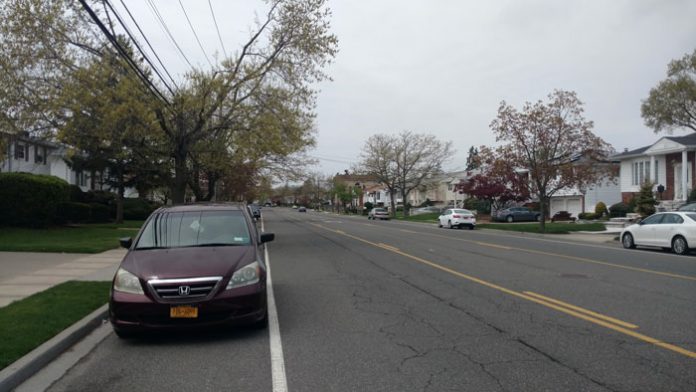What does success in creating a new neighborhood look like? Many of the neighborhoods we’ve looked at in this series are still in the first stages of their growth.
For a look at a new neighborhood that has already apparently seen success, I went to North Woodmere, located near the Five Towns and Far Rockaway. For those who know North Woodmere, it might seem like a strange place to call a “new neighborhood.” In fact, there have been frum Jews living there for decades. But the arrival of waves of new demographics in recent years, most recently a large set of younger yeshivish families, makes the story of North Woodmere one of interest in understanding some of the dynamics at play in new neighborhoods that succeed.
Cedarhurst and Woodmere, which are adjacent to North Woodmere to the south, have similar housing stock, with large houses on relatively large lots, in a suburban setting. But the local geography is a large part of what sets North Woodmere off from the Five Towns.
A large body of water, Mott’s Creek, runs between North Woodmere and Cedarhurst and Woodmere; to reach the Five Towns, you have to head down the long thoroughfare of Hungry Harbor Road, which turns into Branch Boulevard. Legally, North Woodmere is part of a separate hamlet, South Valley Stream; practically, it is separated from the Five Towns by a physical barrier.
That separation also gave North Woodmere its own history. Shimon Schwartz, who has lived in North Woodmere for almost 17 years, described the recent history of the neighborhood to me. He noted that one of the well-known frum couples who were pioneers in North Woodmere were Rabbi Meshulam and Rebbetzin Esther Jungreis, whose shul, Ohr Torah, functioned both as a regular Orthodox shul and as a kiruv center. Eventually the Young Israel of North Woodmere opened on the western side of the neighborhood. Religiously, the populace was mostly left-leaning.





















